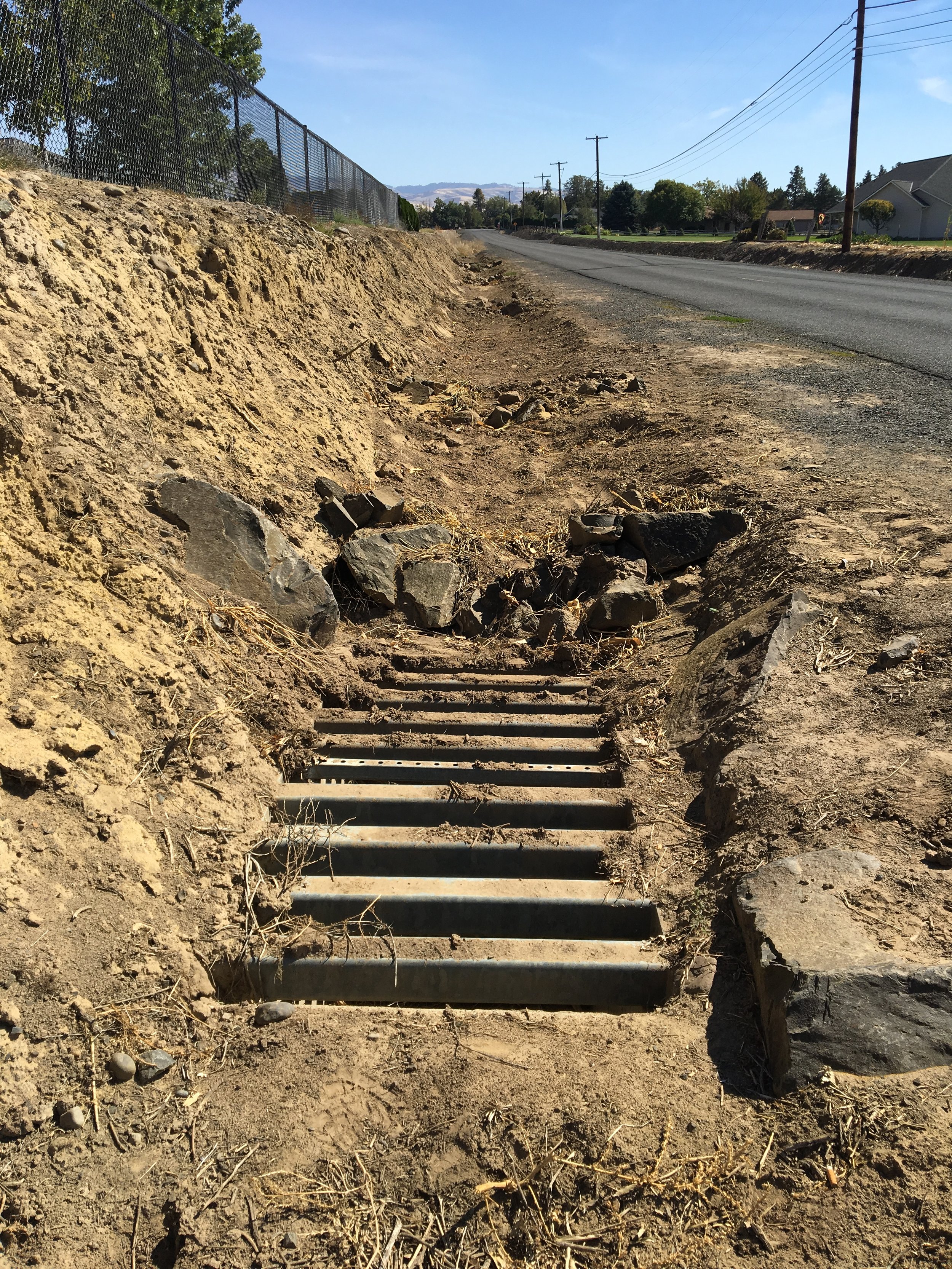Since 2013, Aspect has helped the Port of Seattle comply with its individual NPDES permit for the 1,722- acre Seattle-Tacoma International Airport. Aspect’s permit compliance activities include conducting routine stormwater outfall monitoring at 10 drainage basins using automated sampling equipment, performing source control evaluations including conducting contaminant-source tracing field studies, performing an airport-wide stormwater infiltration feasibility assessment and related field testing, providing GIS mapping support, and providing data management support including data loading, development, and maintenance of the Port’s environmental database. In addition, Aspect is currently supporting the Port’s NPDES permit renewal effort by conducting priority-pollutant monitoring, toxicity monitoring, data review, data evaluation and management for all laboratory results, and preparing permit application materials for submittal to Ecology.
Learn about our work developing an updated LID Manual for the Port of Seattle’s STIA, excerpted from the February 2022 edition of Stormwater Magazine, here: A Soil Infiltration Cookbook: How Deep Does Your Water Go? — Aspect Consulting














